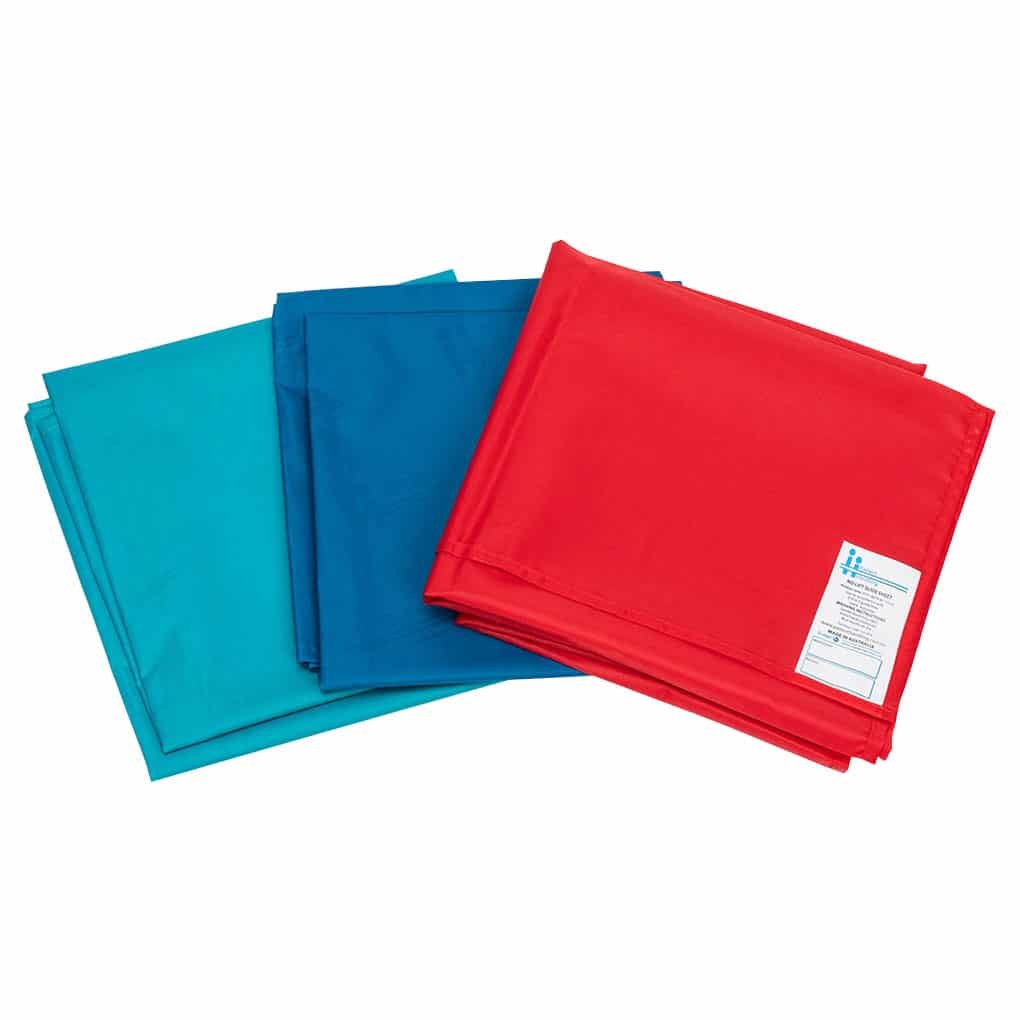Our blogs
Helpful tips, news, blogs and stories. Happy reading!
Slide sheets, an oh so helpful and cost-effective aid which can achieve so much in an instant!
With the right knowledge, patients and carers can achieve so much with slide sheets. Slide sheets can be used to easily position a sling behind a wheelchair users back, when it initially appears a near impossible task.
Slide sheets are also a great option when completing a slide transfer with a heavy patient. Using two slide sheets instead of one creates two friction free surfaces, for ultimate sliding across a surface. When carers engage these patients in a slide transfer, for example from bed to shower trolley, patients will seamlessly float from one to the other. This is all achieved with slide sheets. Suddenly carers of all shapes and sizes who thought they could not transfer a patient due to manual handling difficulties, have newfound confidence. This is all achieved with the right knowledge. Our Occupational Therapists have expertise in this area. This might be a simple and quick fix to one of your patients difficulties, instead of engaging in lengthy equipment trials, reports and approval waiting periods.
See the following video for a great example of how a slide sheet can be used with other assistive technology aids:
Grabrails, why is it so important to get it right?
Grabrails may seem very basic. However, the positioning of a grabrail is pivotal for the safety and independence of a user when completing a sit-to-stand transfer. It you refer to the diagram to the right, most without clinical expertise will think phases 2 & 3 are the most dangerous parts of a transfer. However phase 4 is the most dangerous part. The hazardous part of this phase is due to an immediate need to counter balance to stop the forward momentum (which can be difficult for someone to do when balance, proprioception and vestibular capacities are impaired). The second reason why this phase is the most dangerous: is the fact the force of a fall from a standing position will cause more harm/injury of significance than a fall from a lower/near seated position.
Therefore the most important portion of a grabrail is the section in front of the seat surface, as this provides the user with support when needing to counter balance as well as providing support during all phases of the transfer. The height of this portion of a grabrail is also very important as this will allow the user to establish stability and balance once they have reached a standing position.
Sensory avoiding? What is it? How to manage it?
Sensory avoiding represents a low neurological threshold for a particular type of sensory input. Sensory avoiding often looks like a child or adult who tries to keep new sensory stimuli away or an individual who retreats from unfamiliar situations. This is referred to as someone who is an 'avoider'.
Individuals with this sensory processing pattern will benefit from the following strategies:
Creating structure around the unfamiliar activity. Structure provides predictable sensory experiences. Predictability usually reduces anxiety and improves participation.
These individuals are better able to participate in everyday life when overwhelming sensory input is reduced or even in some cases eliminated.
If having to deal with a challenging and/or overwhelming environment, it is important these individuals have the opportunity to take frequent breaks (rather than avoid the task completely). Consistently incorporating breaks into difficult activities builds structure and routine. Breaks also provide a clear end point to the difficult task.
Engaging in a difficult task in small doses, makes the task seem more achievable/doable and therefore promotes improved participation.




